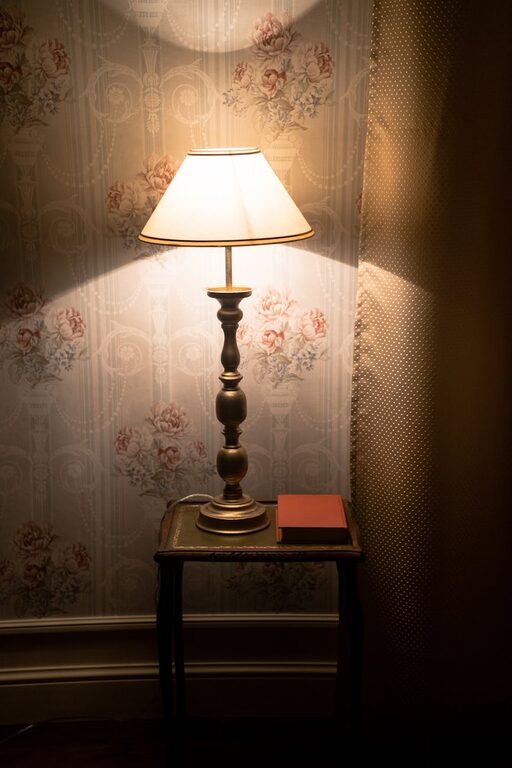
Creating a comfortable home environment involves many elements, and lighting plays a key role in how a space feels and functions. Good lighting not only brightens your home but also sets the mood, supports your activities, and highlights design features. If you’ve ever felt that your room’s lighting is either too harsh or too dim, you’re not alone. Choosing the right lighting can be tricky, but with some useful tips, you can find options that make your home more inviting and comfortable.
In this post, we’ll explore how to select comfortable home lighting tailored to different rooms and needs. From understanding lighting types to picking bulbs and fixtures, you’ll learn everything to light up your home the right way.
Understanding Different Types of Lighting
Before buying fixtures, it’s important to understand the three main types of lighting used in homes:
1. Ambient Lighting
This is the general lighting that provides overall illumination to a room. Examples include ceiling-mounted fixtures, recessed lights, or large pendant lamps. Ambient lighting should be bright enough to help you move safely around the room without strain.
2. Task Lighting
Task lighting focuses light on specific areas where you do activities such as reading, cooking, or working. Desk lamps, under-cabinet lights in kitchens, and bedside reading lights are all examples. This type of lighting reduces eye strain by providing brightness exactly where it’s needed.
3. Accent Lighting
Accent lighting adds decorative touches by highlighting artwork, plants, or architectural details. Spotlights, wall sconces, and LED strip lights are common examples. While it doesn’t brighten the whole room, it enhances the atmosphere and visual interest.
Using a combination of these lighting layers is essential for comfort and functionality.
Tips for Choosing Comfortable Lighting
Consider the Room’s Purpose
Each room has unique lighting needs based on how you use it:
– Living Room: A mix of ambient and accent lighting works well. Use soft overhead lights combined with table lamps and floor lamps to create a cozy atmosphere.
– Kitchen: Bright task lighting is key here for cooking and cleaning. Overhead lights and under-cabinet fixtures will keep counters well-lit.
– Bedroom: Opt for warm, dimmable ambient lights and adjustable task lighting for reading. Avoid harsh bright lights.
– Bathroom: Bright, clear light helps for grooming tasks. Choose lighting around mirrors and ceiling fixtures that reduce shadows.
– Home Office: Good task lighting is needed to prevent eye strain. Choose adjustable desk lamps with neutral light temperatures.
Select the Right Color Temperature
Color temperature is measured in Kelvins (K) and tells you whether light looks warm, cool, or neutral.
– Warm light (2700K to 3000K): Creates a cozy, relaxing feel. Best for living rooms, bedrooms, and dining areas.
– Neutral light (3500K to 4100K): Balanced and inviting, suitable for kitchens and bathrooms.
– Cool light (5000K to 6500K): Bright and energetic, often used in offices and task areas.
Choosing the right color temperature can greatly impact comfort and mood.
Choose Adjustable Lighting
Lighting that you can dim or adjust in brightness offers more control over your environment. Dimmers help create softer light in the evening and brighter light during the day. Smart bulbs and fixtures that allow you to change brightness and color temperature are ideal for achieving customized comfort.
Pick the Right Bulbs for Comfort and Efficiency
When buying bulbs, consider both comfort and energy efficiency:
– LED bulbs: Long-lasting and energy-efficient, LEDs are available in many brightness levels and color temperatures.
– CFL bulbs: Also energy-saving but less flexible in color temperature compared to LEDs.
– Incandescent bulbs: Provide warm light but are less efficient and less common today.
Look for bulbs with a high Color Rendering Index (CRI) above 80; this means colors will appear more natural and vibrant under the light.
Use Fixtures that Soften the Light
Fixtures with lampshades, diffusers, or frosted glass reduce glare and spread light evenly for comfort. Avoid bare bulbs or overly bright spotlights in rooms where you want a gentle glow.
Position Lights Thoughtfully
Where you place lights affects comfort. Consider these tips:
– Avoid placing lights directly above or behind screens to reduce glare.
– Use layered lighting by mixing overhead and side lamps.
– In seating areas, position task lighting within easy reach for reading or hobbies.
Embrace Natural Light
Whenever possible, maximize natural light during the day. Use sheer curtains or blinds that allow sunlight in without too much heat or glare. Natural light supports well-being and reduces the need for artificial lighting.
Final Thoughts
Comfortable home lighting combines practical function with atmosphere. Taking the time to plan lighting layers, select temperature-appropriate bulbs, and adjust brightness creates a home that feels welcoming and enjoyable. Remember: the best lighting fits your lifestyle, the rooms you live in, and your personal preferences.
By following these tips, you’ll find your ideal lighting solutions that brighten your home with comfort and style all year round. Happy lighting!
